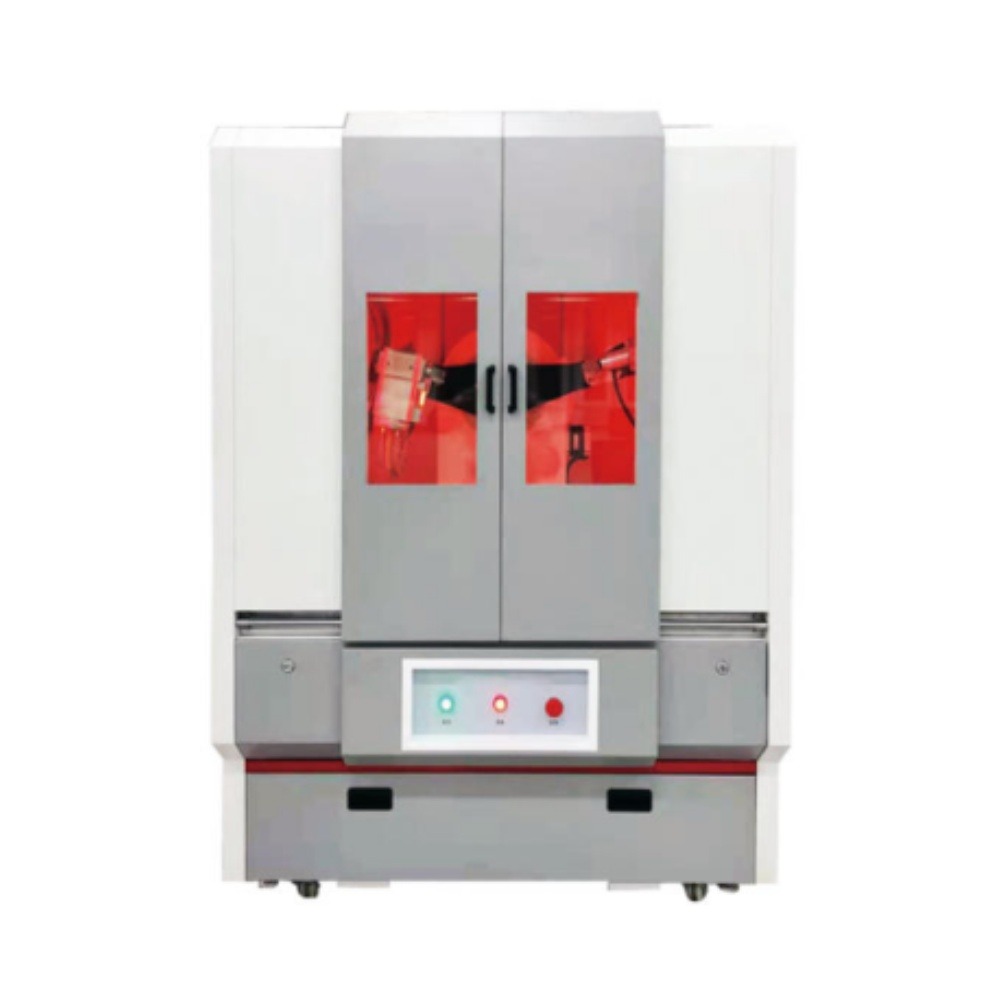
Understanding the Functionality of an X-ray Diffractometer
The core principle behind an X-ray diffractometer involves directing X-rays at a material sample and then measuring the angles and intensities of the X-rays that are scattered by the sample. The data obtained from these measurements can be used to produce a diffractogram, which is then analyzed to ascertain the material's crystallographic structure, chemical composition, and physical properties.
Theoretical Background of X-ray Diffraction
X-ray diffraction is based on constructive interference of monochromatic X-rays and a crystalline sample. This technique is grounded in Bragg's Law, which states:
nλ = 2d sinθ
Here, n is the order of diffraction, λ is the wavelength of X-rays, d is the distance between atomic layers in a crystal, and θ is the angle of incidence at which X-rays strike the crystal planes.
Components of an X-ray Diffractometer
- X-ray Source: Generates the X-rays used in diffraction.
- Sample Holder: A device that securely holds the sample being examined.
- Goniometer: An instrument used to precisely measure the angles of the crystal planes.
- Detector: Records the diffracted X-rays to produce a spectrum which can be analyzed.
1. Material Science
In material science, X-ray diffractometers are crucial for the analysis of crystal structure and properties. They help in identifying phase composition of multicomponent systems, determining the purity of materials, and studying phase transitions.
2. Pharmaceutical Industry
XRD techniques play a significant role in the pharmaceutical industry for drug development and quality control. It assists in characterizing the crystalline and amorphous phases of drug compounds, which can affect drug efficacy and stability.
3. Environmental Science
Environmental scientists use XRD to identify and quantify minerals in soils and sediments, which can help in assessing environmental pollution and remediation strategies.
4. Archaeology
Archaeologists utilize XRD for the analysis of artifacts. It helps in identifying the mineral composition of pottery, paints, and other archaeological materials, providing insights into the technologies used by ancient civilizations.
Advantages of Using an X-ray Diffractometer
- Precision: Provides precise measurements of atomic spacing and crystal orientation.
- Non-destructive: Does not alter the sample being analyzed, allowing for further testing if needed.
- Versatile: Can be used on a wide range of materials, from metals and minerals to organic compounds.
- Automated Analysis: Modern X-ray diffractometers are often equipped with software that allows for automated data collection and analysis, increasing the efficiency of the research process.
While the use of an X-ray diffractometer offers numerous benefits, there are several challenges that researchers may face:
- Sample Quality: The quality and preparation of the sample can significantly affect the accuracy of the diffraction data.
- Complex Data Analysis: Interpreting the data from XRD requires significant expertise and understanding of crystallography and material science.
- High Costs: Advanced XRD equipment can be costly, limiting accessibility for some research institutions and small enterprises.
The versatile applications and advantages of using an X-ray diffractometer underscore its invaluable role in scientific and industrial fields. With advancements in technology, the capabilities of XRD have greatly expanded, allowing researchers and professionals to achieve more detailed and accurate insights into material structures. As this technology continues to evolve, it promises to unlock further potential across a broad spectrum of disciplines, enhancing our understanding of the material world.